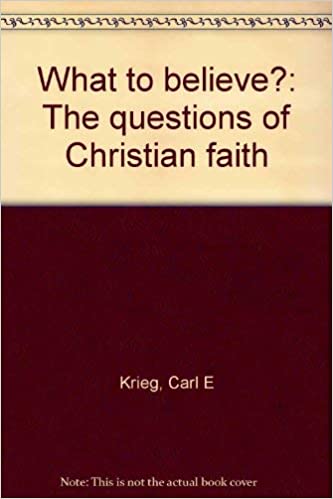Fifty Years Later – Part 14
What and Why is The Church?

Part 14: What and Why is The Church?
Past
Fifty years ago, one prominent topic of conversation in the churches was the ecumenical movement, trying to determine what the various bodies had in common. Through the centuries, there had been much that divided the churches- ecclesiastical organizational, understandings of the sacraments of communion and baptism, interpretations of what it meant to be a priest or minister of the Word, and the meaning of biblical authority. It was time, the various churches believed, to overcome those differences and work together. Fundamentalists, of course, were the outliers.
Looming larger even than ecumenism was the changing perspective on what exactly it meant to be “the church”. Evil in the world had led some theologians to proclaim the death of God. Others, such as Bonhoeffer, Spong, and Robinson, were calling for a new vision of what the church might become given the rise of secularism. Although I was an ordained clergyman in both the Lutheran Church in America and the United Church of Christ, my real interest was in the theological understanding of it all and what it meant to be a human being. Church business was of minimal interest, in contrast to thinking about working alongside secular humanists in search of peace and justice.
Present
A lot has changed. What was a robust and growing membership during the 50s and 60s, has come to the point where if losses in membership continue at the current rate, mainline churches will be gone in 32 years. The rapid rate of decline is also impacting the Roman Catholic and fundamentalist churches. People just don’t care anymore. Those who do care, unfortunately, are the white Christian nationalists who strive to create a theocracy that will replace American democracy. Of course, it will be their theocracy, with their god and their rules. They will give the orders. Whereas the concerns of fifty years ago focused on uniting a growing church through ecumenical talks, on the one hand, and relating to secularism on the other, the battle today is to clarify that Christian nationalism is not at all what Jesus had in mind, and to fight the racism, xenophobia and sexism that pervades the movement.
As a northern white liberal, it seems to me that the main activities of the churches I see is to provide social service, all of which is unfortunately necessary. Food pantries. Abortion counseling. Climate discussions. Flying Pride flags. Understanding the dynamics of racism. Meanwhile, with the support and encouragement of the greedy rich and powerful, including politicians who court and count the tainted money, clergy of the white nationalist stripe proclaim heresy under the guise of the stars and stripes.
I could be mistaken, but it seems to me that too many preachers in the mainline churches are still bound by fundamentalist thinking, incapable of speaking directly to the threat we face. I suspect they are hesitant to offend some of their members, lest they leave, along with their contributions. Or maybe they believe what they say. I don’t know. But the irony, I believe, is that with a new thinking that leaves behind the images of a sacrificial dying on the cross, a virgin birth, and an empty tomb- such new thinking would make sense to those in our society who are searching for truth. We must continue our social service, but we must also shed the remnants of medieval theology and set forth an image of Jesus worthy of the man and his mission. To fail on this level is to invite defeat.

